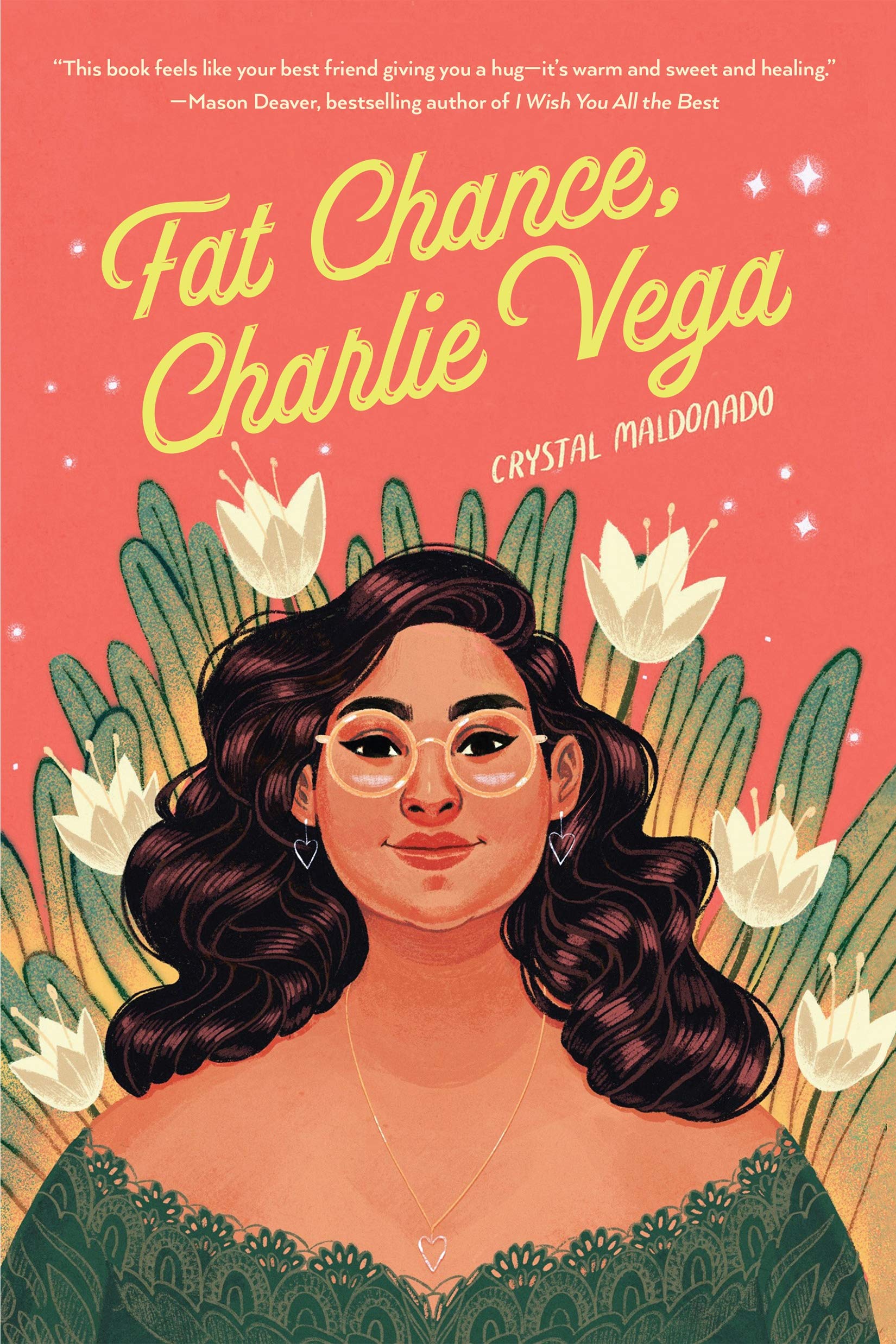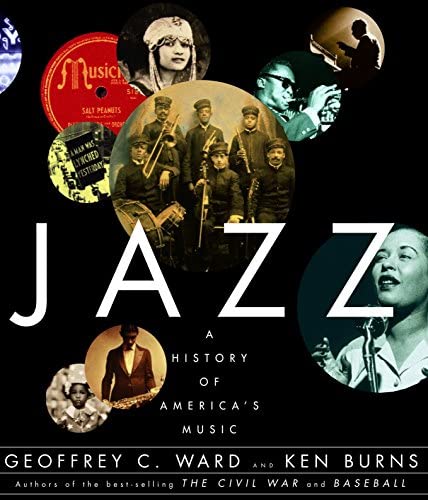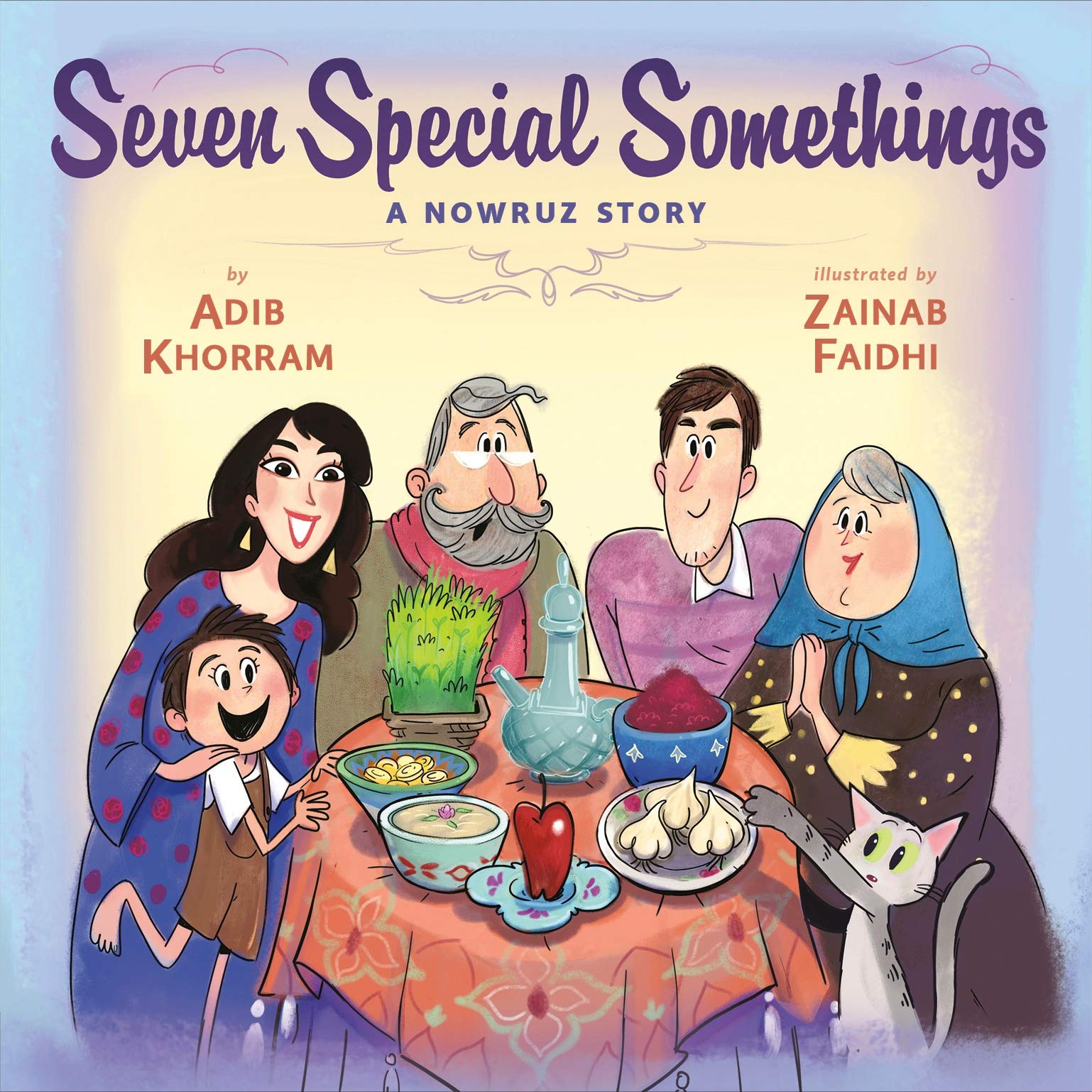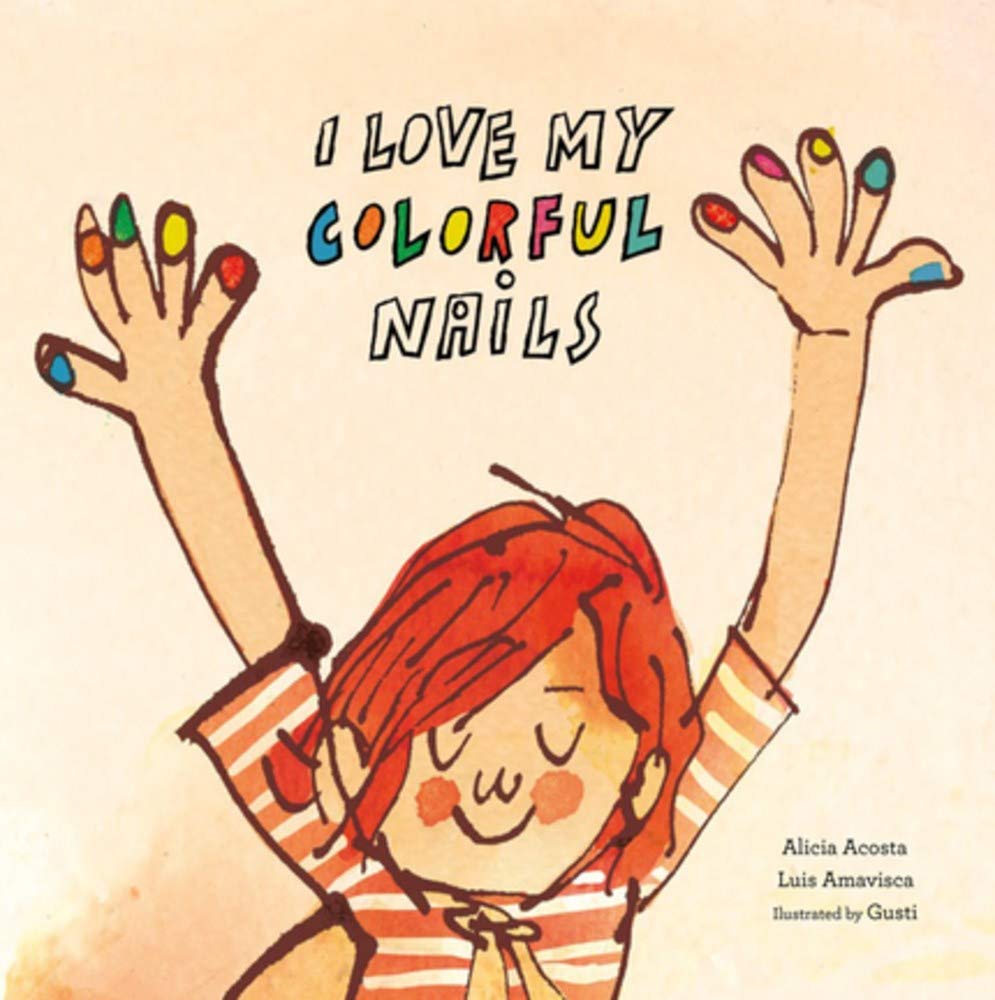Classics Refreshed
By Marcia Allen, Collection Services Manager
You likely remember the tales of ancient Greece, the bickering of the Olympian gods and their interactions with mortals. Maybe you remember reading Homer’s epic poems, “The Iliad” and “The Odyssey,” which spoke of the deeds of the heroes of the Trojan War. It’s time to rekindle an interest in those epic adventures, and contemporary fiction writers are penning some outstanding retellings of those classic tales.
Madeline Miller, who earned her BA and MA in the classics, has written some excellent fiction books. “The Song of Achilles” humanizes Achilles in all his glory and in his shortcomings. She focuses on Patroclus, a prince who lived with and fought alongside the famous Achilles. We learn of the two heroes’ love for each other, their larger-than-life battle experiences, and their reliance on the capriciousness of the gods. We also learn of their ill-fated journey to Troy to avenge Helen’s kidnapping and we discover the heartbreak that followed. Miller’s use of the original tone and accurate historical detail make this book one for the ages.
Miller’s second fictional effort is equally appealing. “Circe” presents the goddess as something of an outcast. Bereft of the special gifts that so many of the deities had, she chooses mortals as her companions and learns that she is gifted with witchcraft. She helps with the birth of the Minotaur, the bloodthirsty bull kept in the labyrinth at Knossos. And Daedalus, the creator of the labyrinth, encounters the tricky Circe. She even meets Odysseus on his return trip to Ithaca after the war, and she bewitches his men, turning them into swine. Again, Miller’s use of the Homeric word flow and her adherence to the original details make for captivating reading.
Jennifer Saint, another author who studied the classics, just published her first effort at retelling those epics with “Ariadne.” Half-sister to the Minotaur, she is love struck when she first meets the young prince, Theseus. Young and reckless, she helps Theseus to kill the Minotaur, and she flees her homeland with the prince, only to be abandoned by him the next day. Her younger sister, also led astray by the handsome Theseus, becomes the prince’s wife, only learning later what a braggart and liar he is. This adventurous story brings to life the love between the god Dionysus and the mortal Ariadne, and cleverly reveals the heartbreak that follows the powerful gods when mortals get involved.
The final title I’d like to mention is my clear favorite, “A Thousand Ships” by Natalie Haynes. This grand book, like the others, also mimics the language of the ancient tales and speaks of the many tragedies of the Trojan War, but it does so much more. Instead of recounting the battle scenes of the war, Haynes chooses to tell of the fate of the women because, as she proves so well, “This is the women’s war, just as much as it is the men’s.” Thus, we witness the horrors that Cassandra accurately predicted, like the fall of Troy and the killing of her brother, Hector, as she mourns the past. We shudder at Hecuba’s revenge against Polymestor who was supposed to protect the queen’s young son, but chose instead to murder him. We witness Penelope’s impatient letters written to the long-gone Odysseus, when she is plagued by the would-be suitors. We also see the part the gods played in the tragic events, and we follow their bitter rivalries.
What is really touching about “A Thousand Ships” is the revelation of the characters of the women. Their monologues reveal their fears and their heartbreak, but also a resignation to their fates. They reflect on a past that has been swept away by war, and they allude to an uncertain future over which they have no control.
So, if you have an inclination to revisit the classics you read long ago, these wonderful books will help. Each is a lively retelling of those distant treasures.


 The Manhattan Public Library is getting ready to launch its 2021 Summer Reading Program! The program is for all ages and runs from June 1st to July 31st. Participants receive prizes for reaching reading goals and participating in fun activities. You can find more information about the Summer Reading Program, and register, on the library’s website here:
The Manhattan Public Library is getting ready to launch its 2021 Summer Reading Program! The program is for all ages and runs from June 1st to July 31st. Participants receive prizes for reaching reading goals and participating in fun activities. You can find more information about the Summer Reading Program, and register, on the library’s website here:  Over the past few months, my interests have been all over the place. I haven’t made it a week without falling down a rabbit hole. Most of the fun comes from the free fall and getting lost in something new, but it’s also fascinating trying to figure out what led me to the fall, whether it’s a movie, a song on the radio, or some random thought.
Over the past few months, my interests have been all over the place. I haven’t made it a week without falling down a rabbit hole. Most of the fun comes from the free fall and getting lost in something new, but it’s also fascinating trying to figure out what led me to the fall, whether it’s a movie, a song on the radio, or some random thought. Spring has many major holidays, ranging from religious to secular to cultural. I was overjoyed to see so many new holiday books coming out this year and loved adding them to our collection. Though most of these holidays have passed, I think it’s still worth checking out these books now or making plans to read these books next spring.
Spring has many major holidays, ranging from religious to secular to cultural. I was overjoyed to see so many new holiday books coming out this year and loved adding them to our collection. Though most of these holidays have passed, I think it’s still worth checking out these books now or making plans to read these books next spring. We recently posted a storytime video on the library’s
We recently posted a storytime video on the library’s